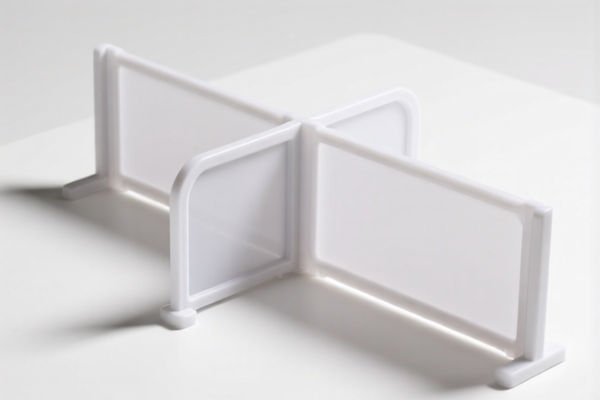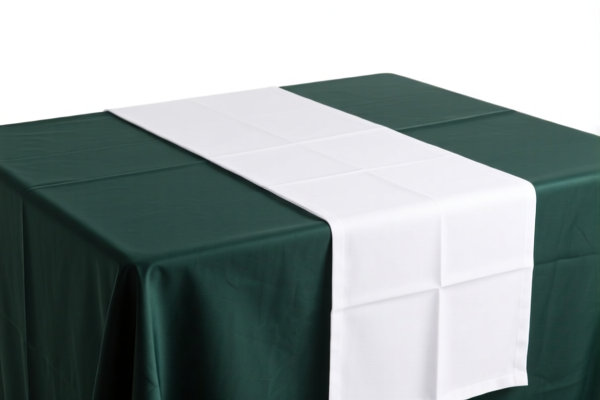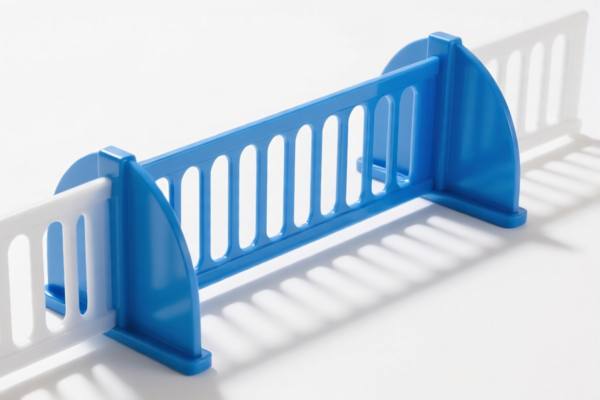| HS Code | Official Doc | Tariff Rate | Origin | Destination | Effective Date |
|---|---|---|---|---|---|
| 8210000000 | Doc | 58.7% | CN | US | 2025-05-12 |
| 8214909000 | Doc | 1.4¢ each + 3.2%+30.0% | CN | US | 2025-05-12 |
| 9605000000 | Doc | 38.1% | CN | US | 2025-05-12 |
| 8435100000 | Doc | 37.5% | CN | US | 2025-05-12 |
| 8435900000 | Doc | 37.5% | CN | US | 2025-05-12 |
| 6913905000 | Doc | 43.5% | CN | US | 2025-05-12 |
| 6913105000 | Doc | 37.5% | CN | US | 2025-05-12 |
| 6914108000 | Doc | 64.0% | CN | US | 2025-05-12 |
| 6914908000 | Doc | 60.6% | CN | US | 2025-05-12 |
| 3923300090 | Doc | 58.0% | CN | US | 2025-05-12 |
| 3923500000 | Doc | 60.3% | CN | US | 2025-05-12 |
| 4416009020 | Doc | 58.2% | CN | US | 2025-05-12 |
| 4416009040 | Doc | 58.2% | CN | US | 2025-05-12 |
| 4419909100 | Doc | 40.7% | CN | US | 2025-05-12 |
| 4419901100 | Doc | 35.3% | CN | US | 2025-05-12 |




Wine Divider
A wine divider, also known as a wine stopper and pourer, is a device used to preserve opened bottles of wine while simultaneously controlling the pour to prevent drips and sediment disturbance. It typically consists of two primary components: a rubber stopper and a pour spout.
Material:
- Stopper: Commonly made of silicone or rubber, offering an airtight seal. Silicone is favored for its durability, flexibility, and resistance to temperature variations.
- Spout: Frequently constructed from stainless steel, plastic, or acrylic. Stainless steel is preferred for its non-reactive properties and ease of cleaning.
Purpose:
The primary function of a wine divider is twofold:
- Preservation: The stopper creates an airtight seal, minimizing oxidation and extending the freshness of the wine.
- Controlled Pouring: The spout directs the wine flow, preventing spills, drips, and the disruption of sediment that may have accumulated in older wines.
Function:
The device works by inserting the rubber stopper firmly into the bottle's opening, creating a seal. The attached spout then allows for smooth, controlled pouring without removing the stopper, reducing air exposure. Some models incorporate features like valves to further limit air ingress.
Usage Scenarios:
- Home Use: Ideal for individuals or households who do not finish an entire bottle of wine in one sitting.
- Restaurants & Bars: Used to preserve wine bottles between servings, maintaining quality and reducing waste.
- Wine Tastings: Helpful for preserving individual bottles during a tasting event.
- Picnics & Outdoor Events: Provides a convenient way to enjoy wine without the risk of spills or rapid oxidation.
Common Types:
- Basic Stopper & Pourer: The most common type, consisting of a simple rubber stopper and stainless steel spout.
- Vacuum Stoppers: These incorporate a pump to remove air from the bottle, creating a stronger vacuum seal and extending wine preservation time. Often come with a reusable stopper and a pump mechanism.
- Adjustable Stopper & Pourer: Some models feature adjustable spouts or flow control mechanisms for different wine types and pouring preferences.
- Coravin-style Stoppers (passive): These stoppers allow wine to be extracted without fully opening the bottle, utilizing a needle through the cork. While more expensive, they provide superior preservation.
- Decorative Stoppers: Available in a variety of materials and designs, often made from glass, metal, or wood, primarily for aesthetic purposes, but still offering basic preservation functionality.
Based on the provided information, the following HS codes may be relevant to “wine divider”:
-
8435100000: This HS code covers presses, crushers and similar machinery, used in the manufacture of wine, cider, fruit juices or similar beverages; parts thereof – Machinery. While a “wine divider” isn’t a press or crusher, it is machinery used in the manufacture of wine.
- 84: Chapter 84 covers Nuclear reactors, boilers, machinery and mechanical appliances; parts thereof.
- 35: Heading 8435 specifically covers presses, crushers and similar machinery for wine, cider, etc.
- 10: Subheading 843510 covers the machinery itself.
-
8435900000: This HS code covers presses, crushers and similar machinery, used in the manufacture of wine, cider, fruit juices or similar beverages; parts thereof – Parts. If the “wine divider” is a part for such machinery, this code may apply.
- 84: Chapter 84 covers Nuclear reactors, boilers, machinery and mechanical appliances; parts thereof.
- 35: Heading 8435 specifically covers presses, crushers and similar machinery for wine, cider, etc.
- 90: Subheading 843590 covers the parts for this machinery.
-
4419909100: This HS code covers Tableware and kitchenware, of wood – Other: Other. If the wine divider is made of wood and is used as kitchenware, this code may apply.
- 44: Chapter 44 covers Wood and articles of wood; wood charcoal.
- 19: Heading 4419 specifically covers Tableware and kitchenware of wood.
- 90: Subheading 441990 covers other tableware and kitchenware of wood.
- 91: Subheading 44199091 covers other types of tableware and kitchenware of wood.
Regarding HS code 4419909100, please note the basic tariff is 3.2% and the additional tariff is 7.5%, resulting in a total tariff of 40.7%.
Customer Reviews
No reviews yet.